From telescopes to imaginary planets
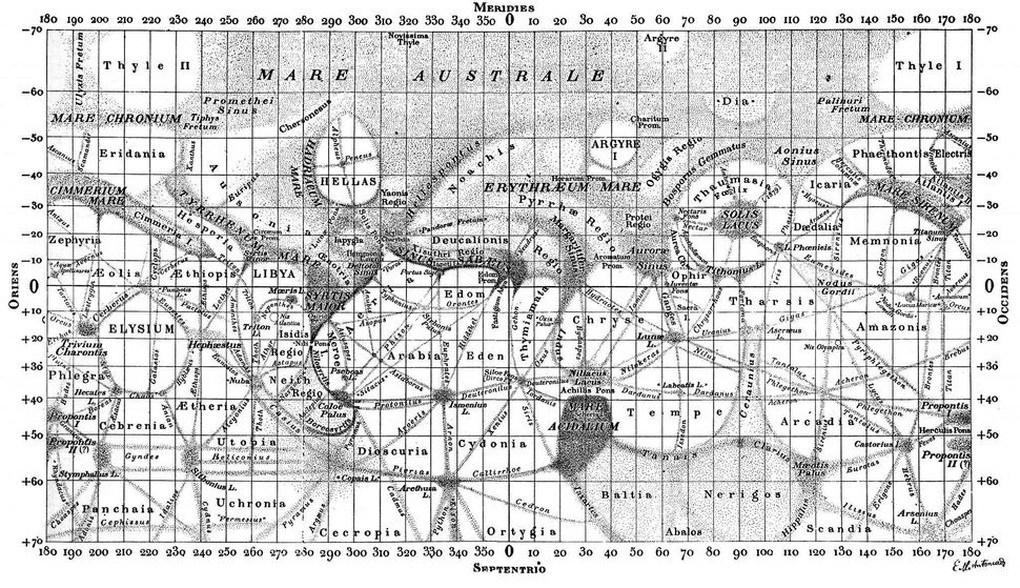
Illustration from the publication "Planet Mars" by Camille Flammarion (Photo: Wikimedia Commons).
Today, images of Mars can be easily sent back to Earth in extremely clear detail from probes like Perseverance or InSight. But it is hard to imagine that there was a time when people only knew the Red Planet through blurry streaks on telescopes.
In the second half of the 19th century, an era without rockets or satellites, astronomers could only use their imagination to fill in the gaps in knowledge.
In this context, Camille Flammarion, a French astronomer, played a special role. He brought science fiction to astronomical observations to paint a vivid picture of the world beyond the sky.
Flammarion's famous La planète Mars (1892) is considered the most comprehensive work on Mars of this period, based on 572 drawings and observations dating back to Galileo's time. The work describes lands, canals, seas, and possible signs of life... many of which were the result of imagination, due to the limitations of observational equipment.
Unlike many astronomers of his time, Flammarion was interested not only in whether life could exist on Mars, but also in asking: If so, what would that life be like?
To him, Mars is an older planet than Earth, which may have gone through similar evolutionary stages long before us. He believes that if intelligent life does exist there, it is likely to have evolved to a more advanced level than humans.
Science Fiction is the Bridge to Mars
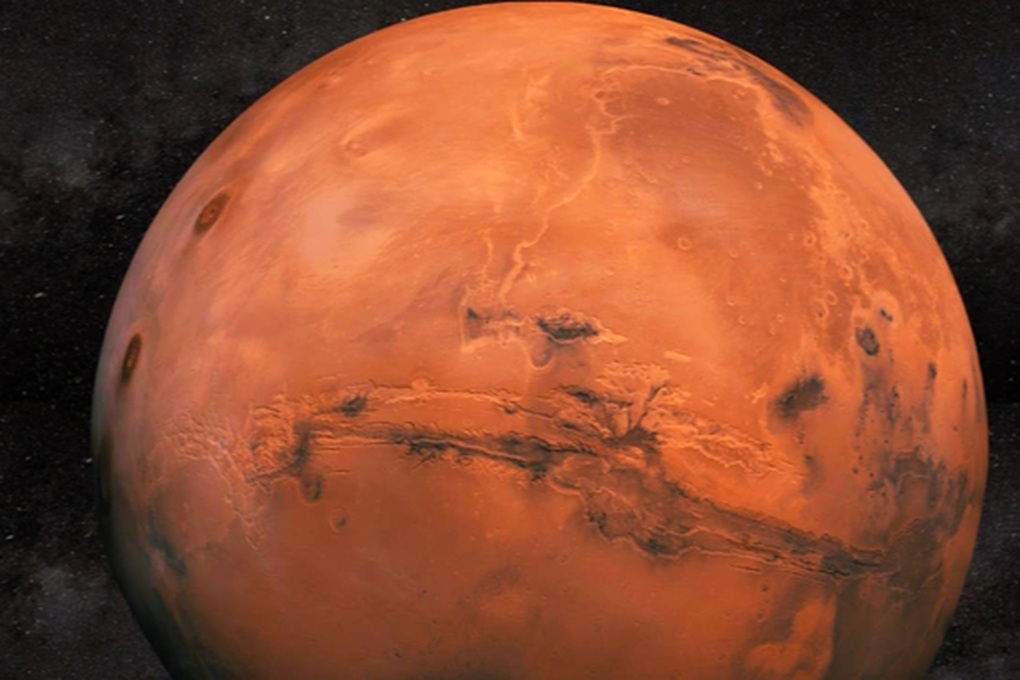
Today, Mars is easily observable. But in the 19th century, researchers did not have the technology to do so (Photo: NASA).
Not stopping at astronomical maps, Flammarion also included Mars in his works of science fiction. In Urania (1889), he tells the story of a fictional character's journey to Mars, after he is reincarnated as a winged, six-limbed, luminous creature.
From the author's perspective, the creatures on Mars are completely different from those on Earth. They also adapt to different environmental conditions and have a civilization far beyond ours.
Flammarion's idea of life on Mars reflects his longing for an ideal society: free from war, free from poverty, unsuffocated by trivial concerns.
This is not just speculative fiction, but also a profound metaphor for post-war French society, as Flammarion dreams of a world where people live in peace with knowledge and science.
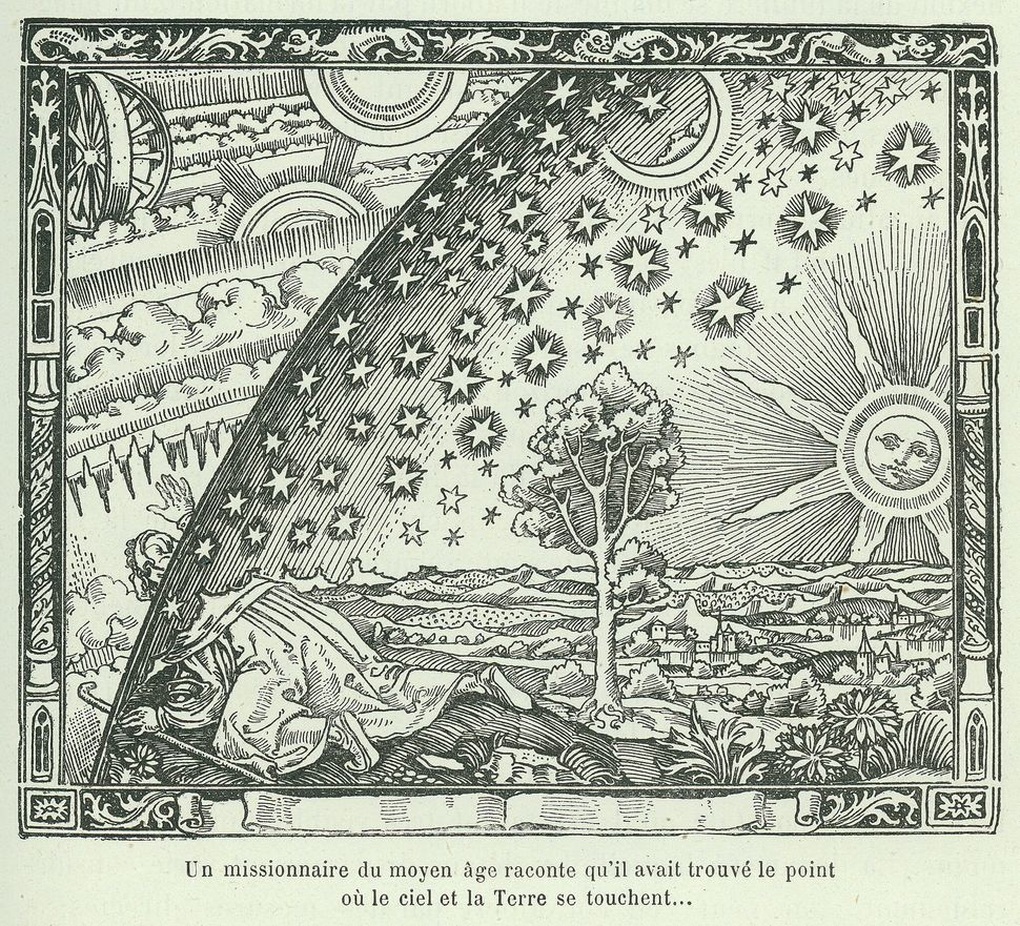
Woodcut from a work about Mars by Camille Flammarion, published in 1888 (Photo: Wikimedia Commons).
Although not a specialized researcher, Flammarion's influence on the public's perception of the universe is undeniable. More importantly, it is the passion and burning desire of mankind in the journey to explore the vast, immense universe.
He once wrote: “The known is but a small island in the ocean of the unknown.”
There, Flammarion's legacy lies not in the scientific accuracy of his descriptions of Mars, which were already well established, but in the way he forged a link between science and fantasy, between physical discovery and philosophical reflection.
He allowed the public to think of Mars not just as a distant object, but as a possibility, a symbol of humanity's own evolution if placed in the right conditions.
Today, as space missions prepare for a future that will send humans to Mars, the world painted by Camille Flammarion more than a century ago still resonates as an invitation to explore not only other planets but also ourselves.
Source: https://dantri.com.vn/khoa-hoc/nha-thien-van-hoc-the-ky-19-da-tuong-tuong-ve-sao-hoa-ra-sao-20250630083127709.htm




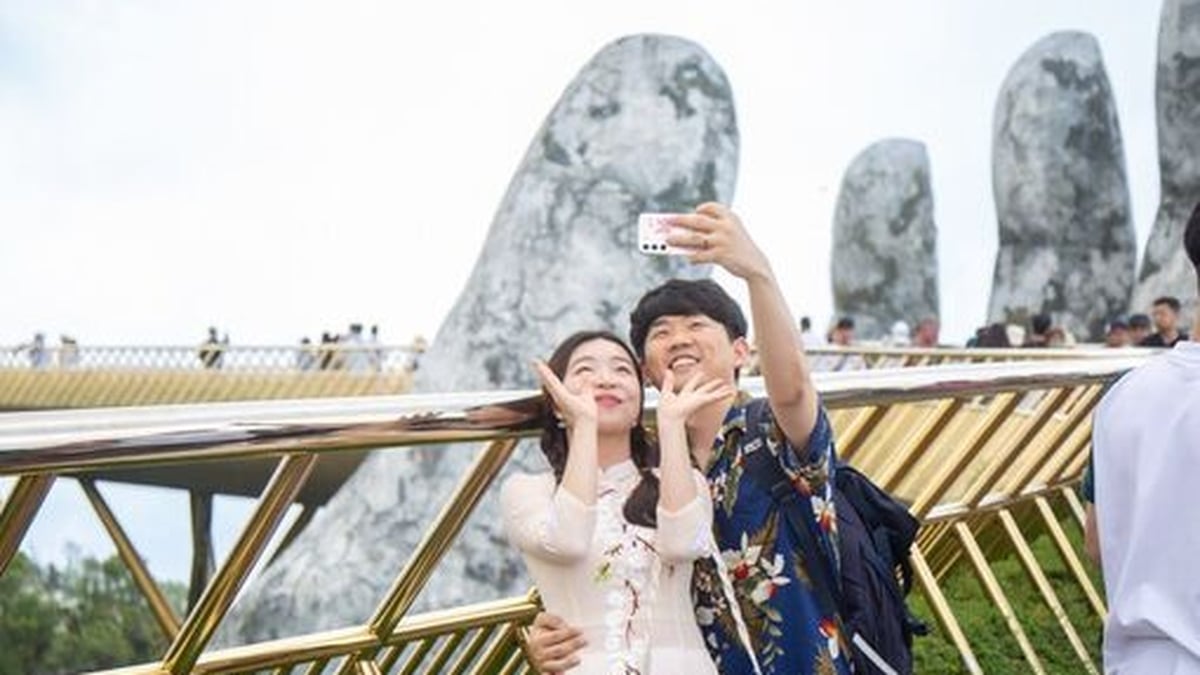


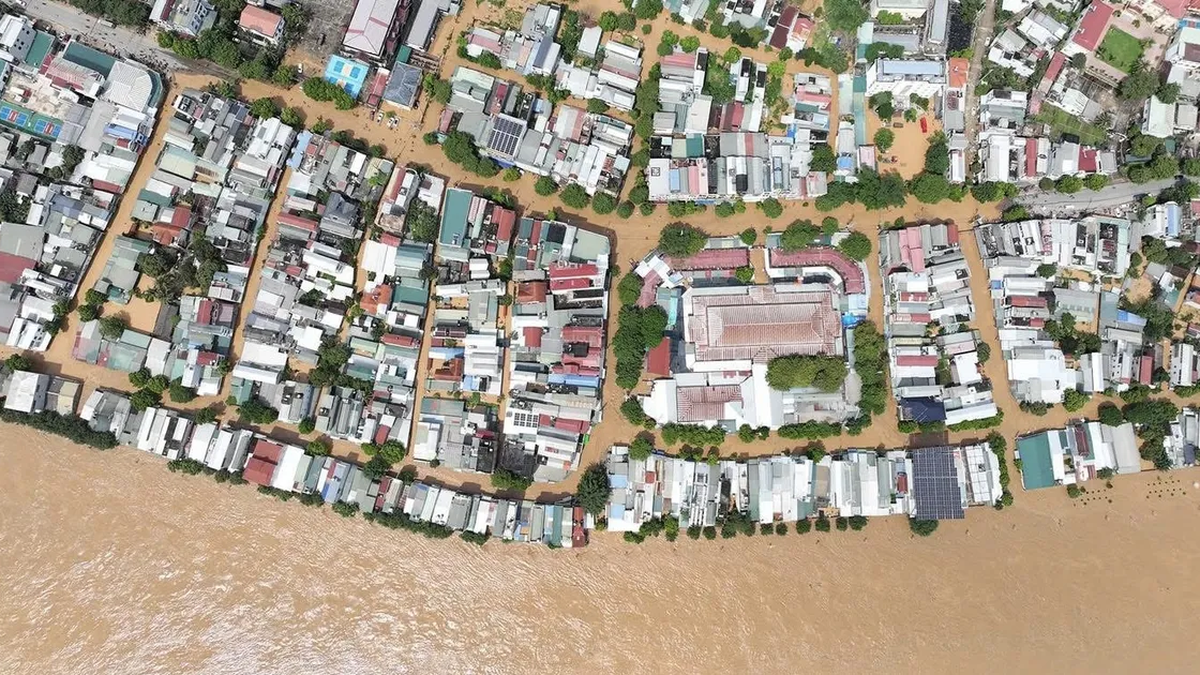
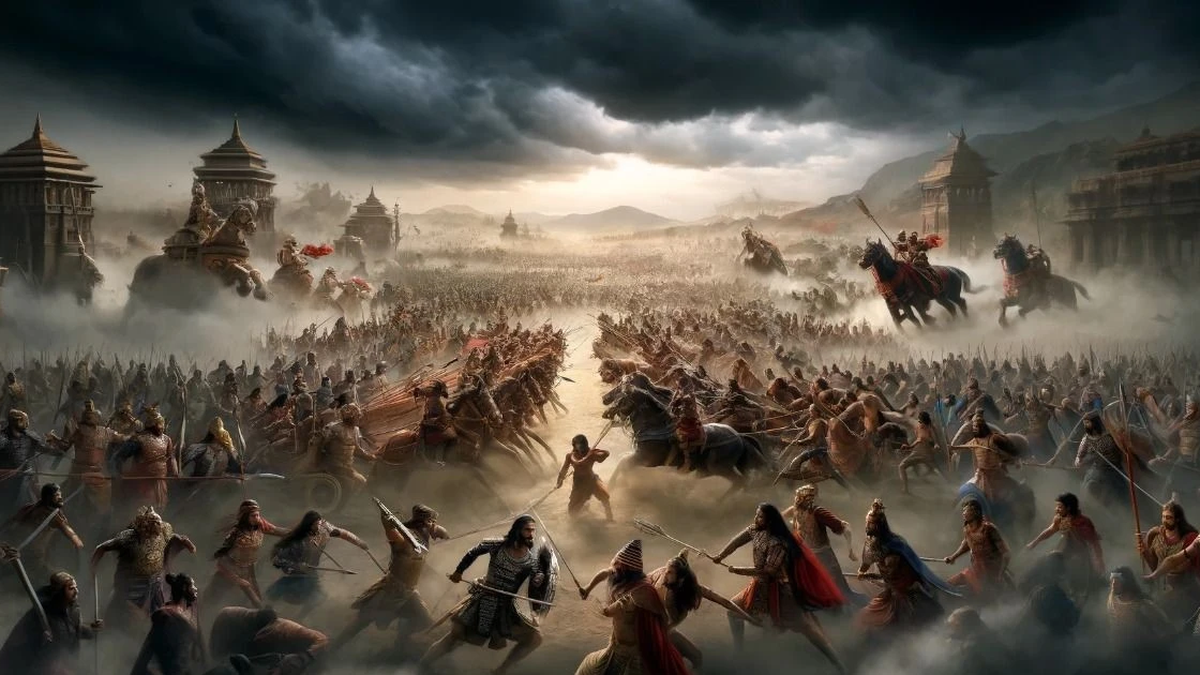


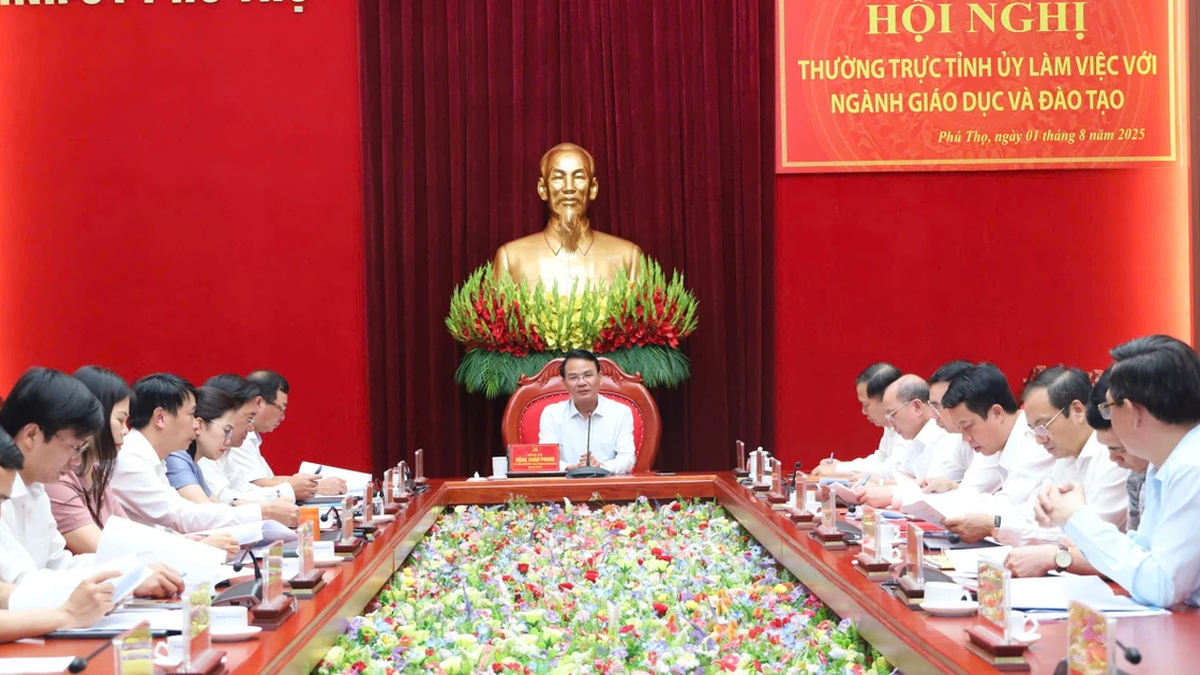



































































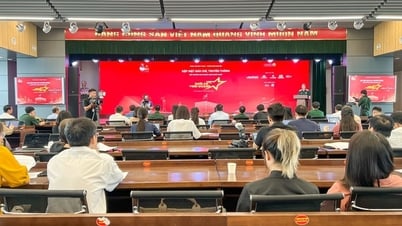























Comment (0)